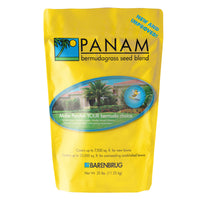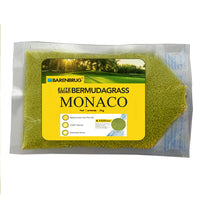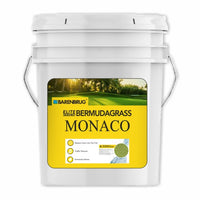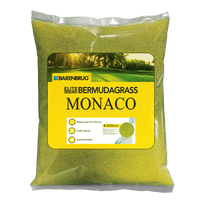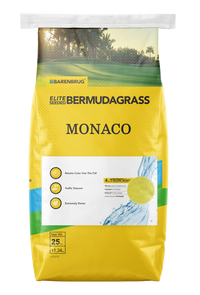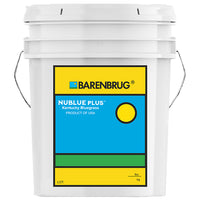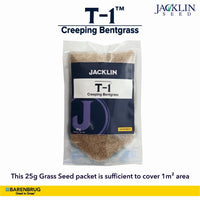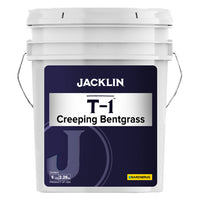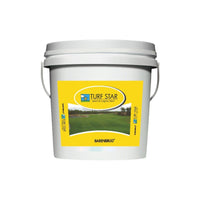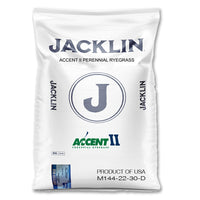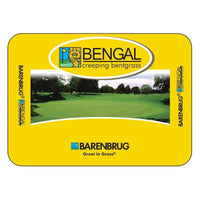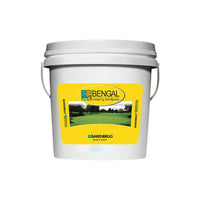Powdery mildew is one of the most frustrating plant problems gardeners and growers face. It shows up quietly, spreads quickly, and can take over healthy plants before you even realise what’s happening. Whether you’re tending to a backyard garden, managing a nursery, or growing vegetables on a commercial scale, powdery mildew is a fungal disease you will likely encounter at some point.

The good news? You can spot it early. You can slow it down. You can protect your plants with consistent care and simple practices. In this detailed guide, we’ll walk through everything you need to know—what powdery mildew looks like, why it spreads so fast, how to treat it, and the best ways to prevent it from returning.
What Is Powdery Mildew?
Powdery mildew is a fungal disease caused by a group of fungi belonging to the order Erysiphales. Unlike many plant diseases that need soggy, wet conditions to thrive, powdery mildew is unique. It prefers warm days, cool nights, and moderate humidity, which is why it becomes more noticeable toward late summer and early fall.
What makes it so recognisable is its signature appearance. It looks like a light dusting of flour sprinkled across plant surfaces—leaves, stems, buds, flowers, and sometimes even fruit. These powdery spots aren’t just cosmetic; they are colonies of fungal spores that multiply quickly and sap away the plant’s energy.
The fungus grows on the surface of the plant but sends tiny feeding structures into the leaf tissue. This allows it to feed without immediately killing the host, which helps the fungus continue spreading and producing more spores.
How to Spot Powdery Mildew Early
Catching powdery mildew early makes a huge difference in how well you can control it. The sooner you notice it, the easier it is to stop it from spreading to other plants.
In the beginning, powdery mildew may appear as
- Small white or gray spots on leave
- A talcum-like dust that wipes off easily
- Circular patches that slowly expand
- Spots mostly on the upper leaf surface
At first, you may only notice a few specks, but powdery mildew can spread rapidly under the right conditions.
If the infection worsens:
- Spots grow larger and may cover entire leaves
- Leaves start yellowing or browning
- Edges curl or twist
- Leaves may become distorted
- New growth appears stunted
- Eventually, leaves dry up and fall off
Plants suffering from severe powdery mildew will grow poorly, produce fewer flowers or fruit, and appear generally weak or stressed.
Why Powdery Mildew Spreads So Easily
The reason powdery mildew spreads so quickly is simple: its spores are incredibly lightweight. These microscopic spores, called conidia, detach easily and can float long distances on air currents.
Common Ways Powdery Mildew Spreads
- Wind can carry spores from one plant to another.
- Insects brushing against infected leaves can transport spores.
- Garden tools, if not cleaned, can move spores between plants.
- Animals walking through an infected area can spread them.
- Human hands and clothing can also unknowingly carry spores.
Environmental Conditions That Encourage Spread
Powdery mildew thrives when:
- Air is stagnant and still
- Plants are overcrowded
- Leaves stay dry but humidity around plants is moderate
- Temperatures range between 20 and 27°C (68–80°F)
- Nights are cool and humid
Interestingly, unlike many fungal diseases, powdery mildew doesn’t need free moisture or rain to germinate. In fact, too much water on leaves can slow its spread, making it unusual among plant pathogens.
How to Prevent Powdery Mildew
Completely eliminating powdery mildew spores from your garden is impossible—they exist almost everywhere. But you can significantly reduce the chances of infection by creating conditions that are less favourable for the fungus.
1. Improve Airflow Around Plants
Good airflow is one of your best defences.
- Space plants according to recommended guidelines
- Avoid planting too densely
- Prune excess leaves, especially overcrowded branches
- Remove dead or decaying leaves regularly
- Use trellises or stakes to lift plants off the ground
When air moves freely around plants, humidity decreases and spores have a harder time settling.
2. Water Smartly and Efficiently
Watering incorrectly can unintentionally create the perfect environment for mildew.
- Water at the base instead of overhead
- Use drip irrigation or soaker hoses
- Water early in the morning so that leaves dry quickly
- Use mulch to maintain moisture around roots
Wet leaves aren't the main trigger for powdery mildew, but overhead watering can increase humidity, which supports fungus growth.
3. Maintain Clean Gardening Practices
Garden hygiene is essential for preventing the spread of almost all plant diseases.
- Remove infected leaves immediately
- Dispose of them in sealed bags (not in compost)
- Clean tools with alcohol between each plant
- Wash your hands after handling infected plants
- Regularly inspect susceptible crops
Good hygiene alone can prevent powdery mildew outbreaks from becoming severe.
How to Control Powdery Mildew Once It Appears
If you already see the white powdery spots, don’t panic. Powdery mildew is manageable with the right steps.
This stops the fungus from spreading to healthy parts of the plant.
Tips for Removing Infected Leaves
- Use clean, sharp pruning shears
- Avoid shaking leaves, which releases spores
- Drop infected material directly into a trash bag
- Clean your tools before moving to the next plant
2. Improve Airflow Immediately
Once diseased leaves are removed, take a little extra time to prune the plant for better air circulation. This slows down spread dramatically.
Changing the pH on the surface of leaves can make them unfriendly for fungal growth.
Sprays won’t cure mildew entirely, but they help control it and protect new growth.
Home Remedies That Help Fight Powdery Mildew
These remedies are commonly used by home gardeners and often work well when applied early and consistently.
Milk contains natural compounds that reduce fungal growth.
● 40% whole milk
● 60% water
Spray once a week on sunny days.
This simple mix creates an alkaline surface that discourages fungal growth.
- 1 tablespoon baking soda
- ½ teaspoon liquid soap (not detergent)
- 1 gallon water
Shake well and spray affected areas.
Garlic has natural antifungal properties.
- Crush garlic
- Soak in water
- Strain
- Spray on leaves
Apple cider vinegar works well because of its acetic acid content.
● 3 tablespoons ACV
● 1 gallon water
Use sparingly to prevent leaf burn.
Neem oil is a reliable natural fungicide and insecticide.
- Follow the label instructions
- Apply in the evening or early morning
- Avoid spraying in direct sunlight
Note: Always test any spray on a small patch before applying to the entire plant.
Plants Most Susceptible to Powdery Mildew
Powdery mildew affects thousands of plant species, but some types are especially vulnerable.
- Cucumbers
- Pumpkins
- Squash
- Beans
These plants have large leaves that retain humidity—perfect for fungal growth.
- Roses
- Zinnias
- Phlox
- Begonias
Their dense, decorative foliage creates ideal conditions for mildew.
Frequently Asked Questions
1. How do I treat powdery mildew?
Remove infected leaves, improve airflow, and apply sprays that raise or lower the pH on the leaf surface to slow fungal growth.
2. What causes powdery mildew to start?
Warm temperatures, high humidity at night, and dry air during the day.
3. Can plants recover from powdery mildew?
Yes—especially if you catch it early and take action quickly.
4. Is powdery mildew dangerous?
If ignored, it weakens plants, reduces growth, and can eventually kill them by stopping photosynthesis.
Final Thoughts: You Can Protect Your Plants
Powdery mildew may be common, but it doesn’t have to ruin your garden. With early detection, good airflow, proper watering, and regular garden maintenance, you can keep your plants healthy and productive. When mildew does appear, consistent treatment and quick action will help your plants bounce back.
Healthy plants are naturally more resistant, so the best long-term solution is simple: good plant care, good spacing, and good hygiene.

